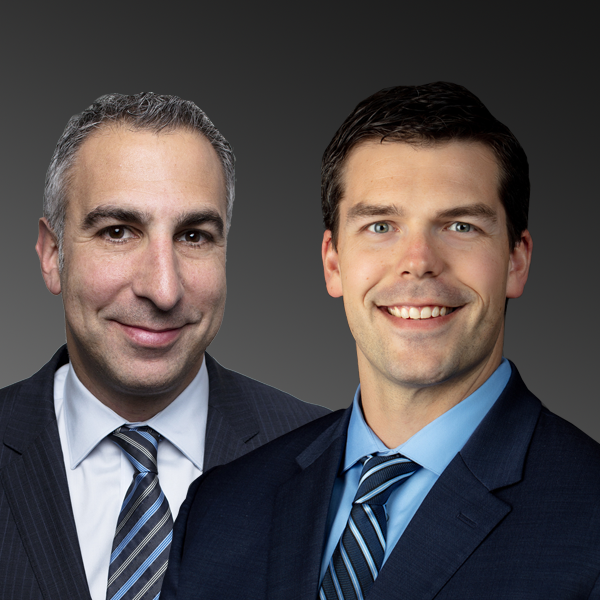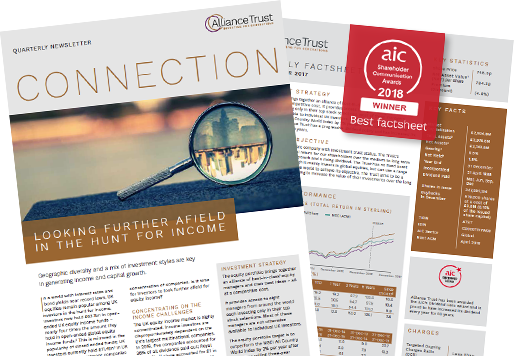Three example macro scenarios to help frame decisions post Covid-19
The grip of Covid-19 on our daily lives shows little signs of fading anytime soon, and the biggest question on most people’s lips is, what happens next?
With the public lockdown entering stages of phased easing in the UK, and as life slowly struggles to return to some semblance of normality, we can now begin to consider how the world will look as we emerge on the other side of the global pandemic.
The biggest issue we face in trying to judge how events will play out is that current events are in no way comparable to anything that has gone before. This is the biggest peacetime challenge many countries have ever faced and the last truly global pandemic, more than 100 years ago, was very different in nature to the crisis we have seen in 2020.
We have witnessed the greatest economic contraction since the Second World War, and perhaps even since the Great Depression of the 1930s. It has been the sharpest ever fall in equity markets, the biggest oil price drop in history, and one of the most extreme stimulus packages put in place by governments and central banks in peacetime.
When it comes to investments, the honest truth is that no one can have a lot of confidence in how each asset class will be affected over even the short term, let alone looking out to the medium and long term impact.
We can only examine the possibilities, and we at Willis Towers Watson, the investment manager of the Alliance Trust equity portfolio, have been using three example scenarios of what could play out during the economic aftermath of this crisis. Of course in reality there are an infinite number of potential paths that economies and markets could take, but we see these as useful for framing our decision-making.
The first example scenario sees a ‘V-shaped’ economic recovery, and would perhaps be the most welcome to investors. This scenario envisages a situation where economic growth rebounds significantly in the third quarter of the year, softening the blow of the current impact of lockdown. In this case equity returns likely look relatively attractive on a five-year view. Rebalancing and adding to equity exposure could make sense for those with a long-term time horizon.
However, even with this more positive outcome investors should expect volatility to remain elevated and should ensure their portfolio is resilient enough to handle subsequent peaks and troughs in markets going forward.
In a second example scenario, which sees a more recessionary environment with economic growth taking several quarters to rebound and hence a ‘U-shaped’ economic recovery, passive equities are at best fairly valued on a five-year view. Under this scenario strong active management would be required to ensure good returns from an equity portfolio over that time-frame. But even under this scenario, those with a long time horizon should benefit from equities.
In the final example scenario, we see an L-shaped economic recovery, in other words a long period of time before economic growth begins to recover. While it might not hit levels as bad as those experienced during the Great Depression, it would certainly be a far worse outcome than the first two potential scenarios. In this third case, equities will certainly look expensive over a five-year period, and only truly long-term investors would want to hold very equity-heavy portfolios (although it should be noted that not many other asset classes look attractive in this scenario either).
Across the three example scenarios we see extreme differences in earnings expectations, and as we have said, it will be hard to accurately predict which of the three example scenarios (or any scenarios) will be most likely. Nonetheless, risk management and dynamism are going to be key solutions whatever the future holds.
Currently, we believe the third example scenario looks the least likely of the three, but debate about whether scenario one or two is most likely will continue to rage amongst the ever-changing nature of this crisis. Whatever happens, investors should remember to judge the risk in portfolios, to diversify across the globe and investment styles, and to be ready to act to change direction if, and when, needed. Alliance Trust is well placed to help investors weather the storm.






